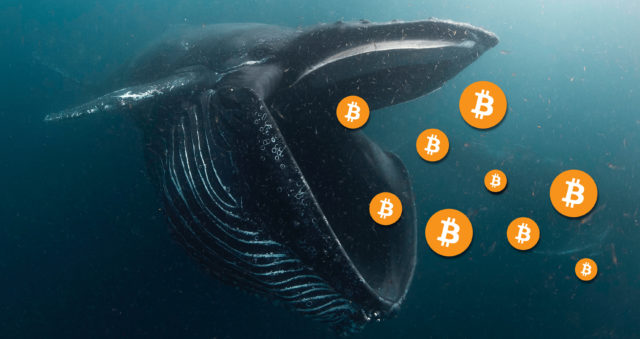More than 40 new records of the paviotii horned frog (Proceratophrys paviotii), an amphibian exclusive to the Atlantic Forest and considered almost threatened with extinction by the International Union for Conservation of Nature (IUCN), have excited researchers from the National Forest Institute Atlantic (Inma).
The records were made by ten “citizen scientists”, as people of different ages and regions of Brazil are called, who interact with researchers, within the “Cantoria de Quintal” project, sending images and sound recordings of these animals, collaborating with unpublished material of this still little-known species.
“Infected by this trend and because we live in one of the most diverse and threatened regions on the planet in relation to amphibians, Inma decided to create the project, whose main objective is to involve people of different ages, locations and realities in related science and conservation projects. to this group of fauna”, says Inma researcher and project coordinator, João Victor Lacerda.
With input from the public, researchers discovered that, contrary to what was thought, the wick-horned thrush is not as rare as previously thought. It has even been recorded in backyards and rain puddles formed on paved streets.
“The Wood-horned Thrush is classified as near-threatened, indicating that the probability of the species becoming among the threatened is high. However, when taking into account the new records, we consider it very likely that, in future assessments, it will be classified as a species of less concern in relation to its conservation status”, he said.
For Lacerda, even though it is not fully protected from various impacts, such as those resulting from climate change or the spread of diseases, it is encouraging to see that the species is not as at risk as previously thought.
The “Cantoria de Quintal” project, developed since 2020 by Inma, in Santa Teresa, Espírito Santo, has already received more than 900 contributions sent by 160 citizen scientists. This data helped record around 40 species, some of which are threatened with extinction, rare or little known to science. The initiative also aims to encourage the public to participate in other phases of the research, such as the creation of photographic guides and scientific texts.
The research results were published in an article in the international magazine PeerJ, in October, in collaboration with researchers from several institutions, such as the Federal University of Mato Grosso do Sul (UFMS), the Federal Institute of Espírito Santo (IFES) and the University Federal Government of Goiás (UFG).
Citizen Science at Inma
The relationship between researchers and the public emerged with the Institutional Training Program (PCI), created in 2019, according to the coordinator of the Citizen Science project at INMA, Natália Pirani Ghilardi-Lopes. “That was when we started ‘Knowledge, conservation and sustainable development in the Atlantic Forest’, a program that provided grants for scientists to develop strategic research at Inma. The researchers were experts in different taxonomic groups, and we took advantage of this expertise to include the public in biodiversity monitoring”, reported Natália.
“We visited the homes of nearby inhabitants, went to schools, talked to teachers, and even with visitors from Inma. We created social networks, WhatsApp groups and platforms like iNaturalist so people can send photos, videos and audios. A big challenge was ensuring that all citizen scientists were familiar with these technologies.”
This content was originally published in Discover a species exclusive to the Atlantic Forest that may no longer be threatened on the CNN Brasil website.
Source: CNN Brasil
I’m James Harper, a highly experienced and accomplished news writer for World Stock Market. I have been writing in the Politics section of the website for over five years, providing readers with up-to-date and insightful information about current events in politics. My work is widely read and respected by many industry professionals as well as laymen.







